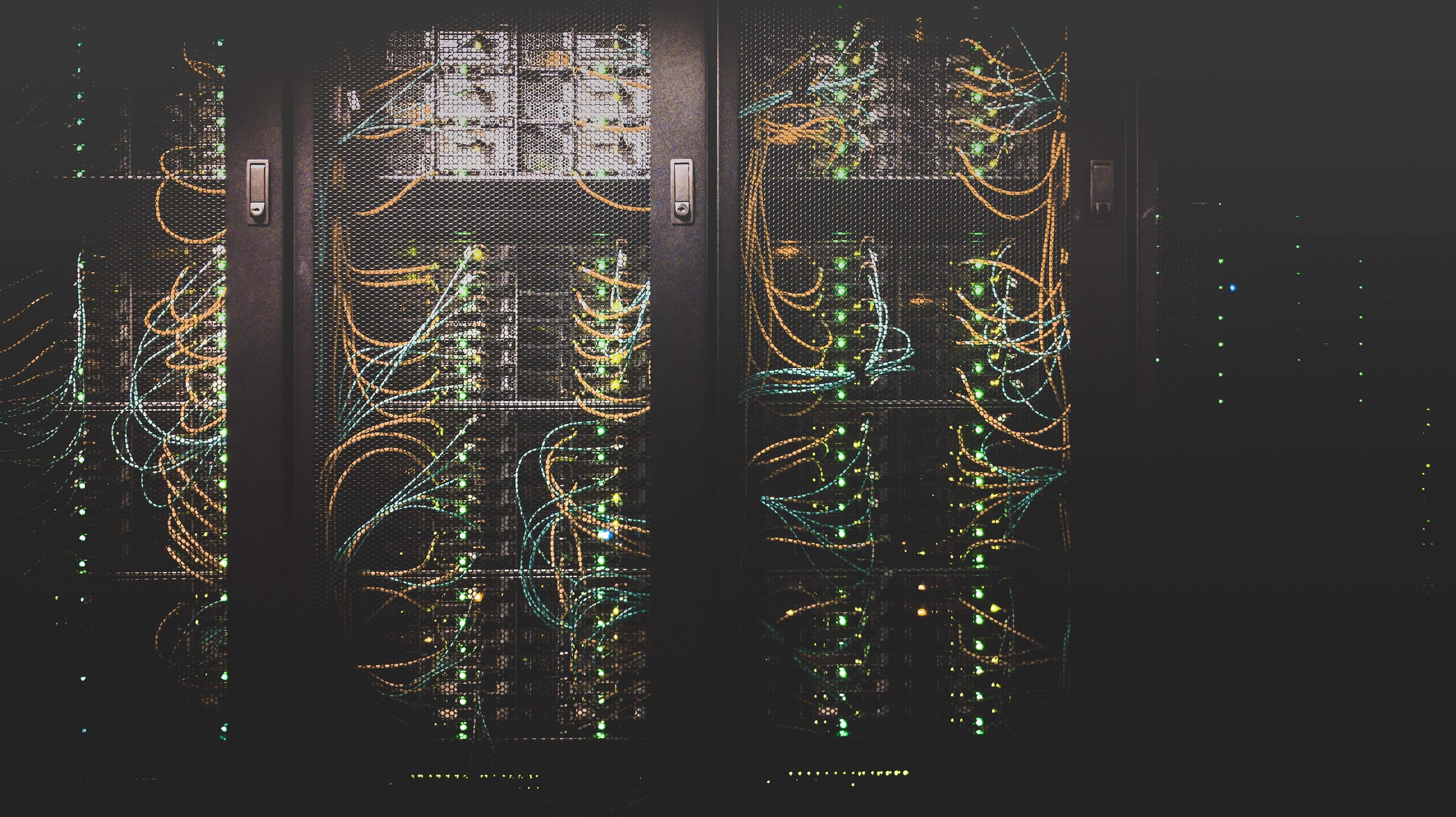
What defines a modern data center? Modern data centers are very different than they were just a short time ago. Infrastructure has shifted from traditional on-premises physical servers to virtual networks that support applications and workloads across pools of physical infrastructure and into a multicloud environment.
In this era, data exists and is connected across multiple data centers, the edge, and public and private clouds. The data center must be able to communicate across these multiple sites, both on-premises and in the cloud. Even the public cloud is a collection of data centers. When applications are hosted in the cloud, they are using data center resources from the cloud provider.
In the world of enterprise IT, data centers are designed to support business applications and activities that include:
Data center design includes routers, switches, firewalls, storage systems, servers, and application delivery controllers. Because these components store and manage business-critical data and applications, data center security is critical in data center design. Together, they provide:
Network infrastructure. This connects servers (physical and virtualized), data center services, storage, and external connectivity to end-user locations.
Storage infrastructure. Data is the fuel of the modern data center. Storage systems are used to hold this valuable commodity.
Computing resources. Applications are the engines of a data center. These servers provide the processing, memory, local storage, and network connectivity that drive applications.
Data center services are typically deployed to protect the performance and integrity of the core data center components.
Network security appliances. These include firewall and intrusion protection to safeguard the data center.
Application delivery assurance. To maintain application performance, these mechanisms provide application resiliency and availability via automatic failover and load balancing.
Data center components require significant infrastructure to support the center's hardware and software. These include power subsystems, uninterruptible power supplies (UPS), ventilation, cooling systems, fire suppression, backup generators, and connections to external networks.
The most widely adopted standard for data center design and data center infrastructure is ANSI/TIA-942. It includes standards for ANSI/TIA-942-ready certification, which ensures compliance with one of four categories of data center tiers rated for levels of redundancy and fault tolerance.
Tier 1: Basic site infrastructure. A Tier 1 data center offers limited protection against physical events. It has single-capacity components and a single, nonredundant distribution path.
Tier 2: Redundant-capacity component site infrastructure. This data center offers improved protection against physical events. It has redundant-capacity components and a single, nonredundant distribution path.
Tier 3: Concurrently maintainable site infrastructure. This data center protects against virtually all physical events, providing redundant-capacity components and multiple independent distribution paths. Each component can be removed or replaced without disrupting services to end users.
Tier 4: Fault-tolerant site infrastructure. This data center provides the highest levels of fault tolerance and redundancy. Redundant-capacity components and multiple independent distribution paths enable concurrent maintainability and one fault anywhere in the installation without causing downtime.
Lihat Semua Artikel